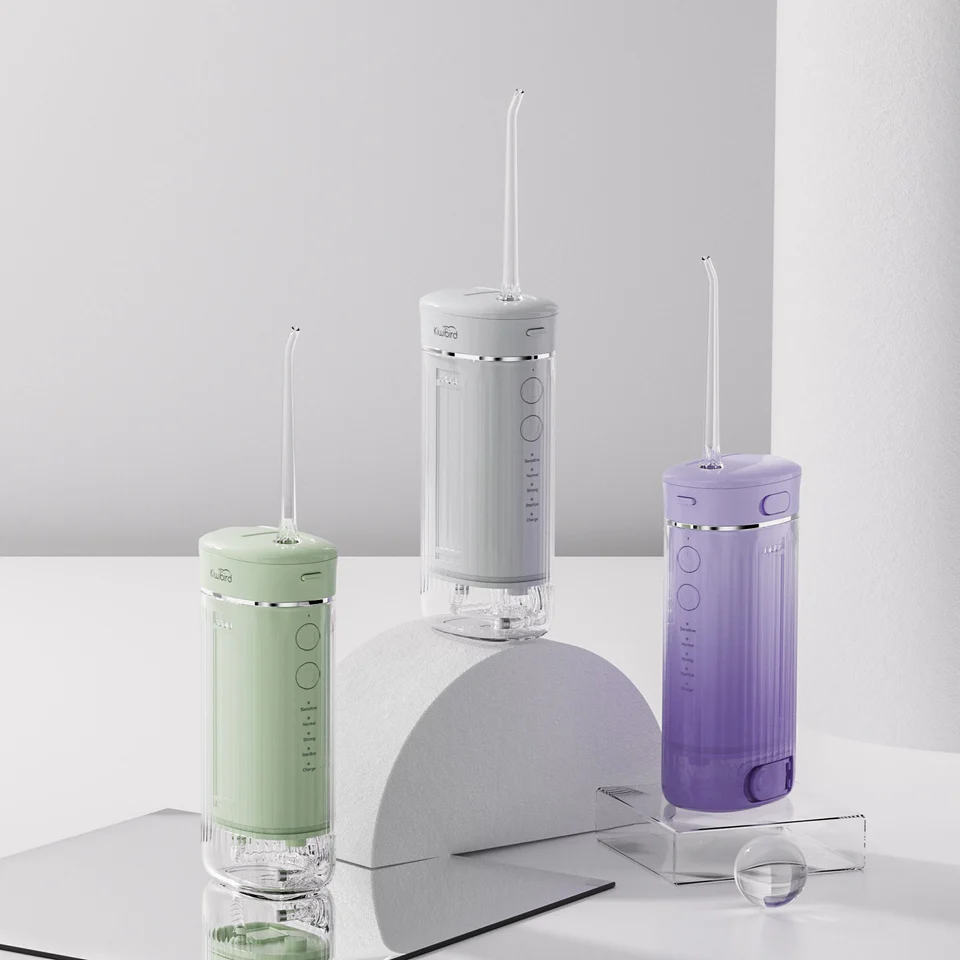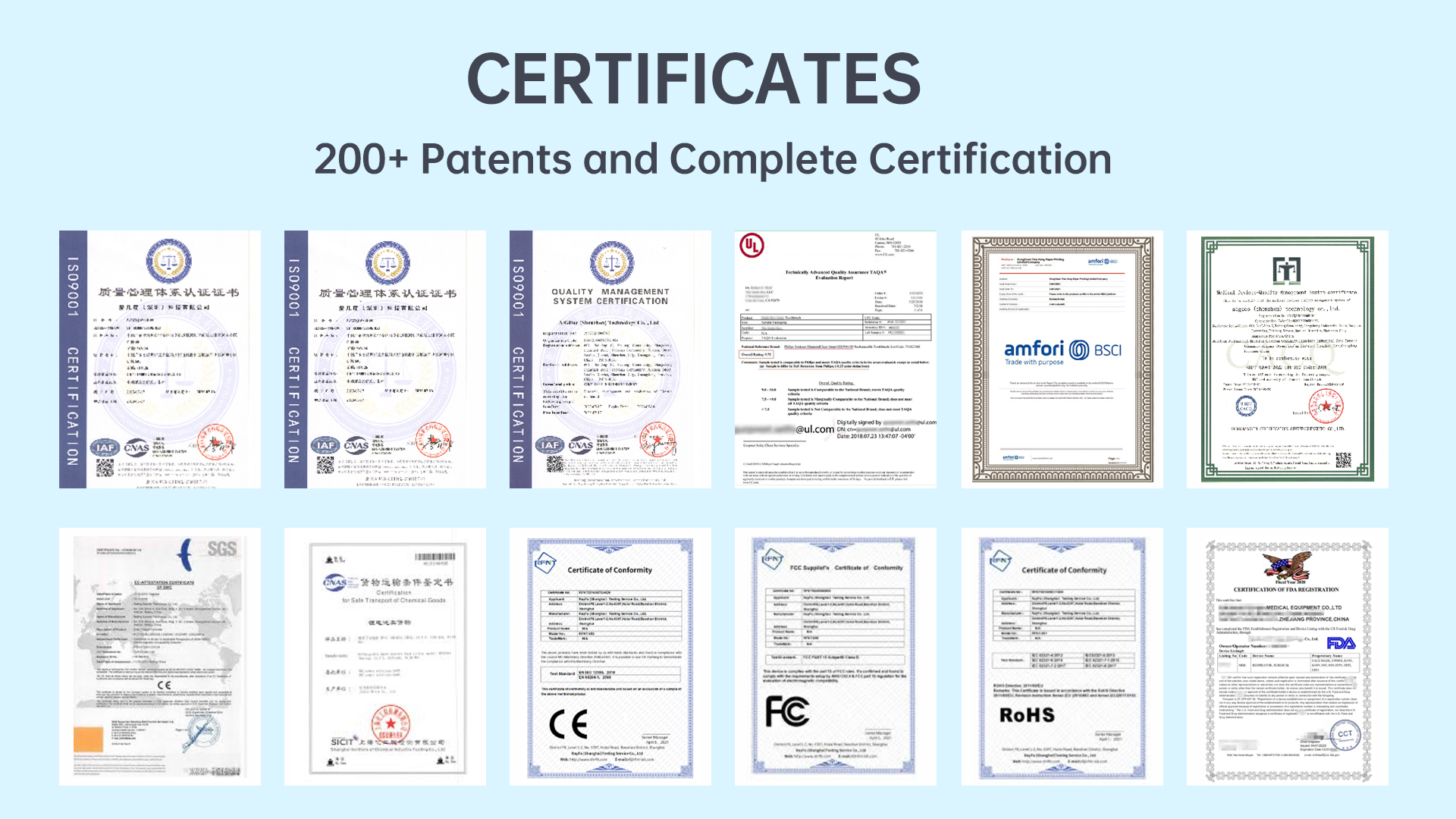In the world of electronic personal care devices such as electric toothbrushes and water flossers, two hidden yet severe risks often go unnoticed by end users—battery leakage and subsequent circuit corrosion. While each problem alone can compromise product performance, their combination poses a much greater threat to both device lifespan and user safety. Are these two failures merely coincidental, or are they intrinsically linked in a dangerous cycle that manufacturers cannot afford to ignore?
Battery leakage occurs when the internal chemical contents of a battery escape from its sealed casing. This usually happens due to:
When leakage happens, the corrosive electrolyte materials can spread inside the device, setting the stage for further internal damage.
The leaked electrolyte is highly conductive and chemically aggressive. Upon contact with the device’s inner components, especially the circuitry, the following chain reaction occurs:
Thus, battery leakage becomes the direct cause of circuit corrosion, linking the two failures into a “dangerous duo” that can devastate product integrity. Company web: https://www.powsmart.com/product/electric-toothbrush/
This combination of failures can result in severe consequences:
Such risks are unacceptable in competitive markets where product reliability and user trust define success.
Several upstream factors in manufacturing or design can increase the likelihood of battery leakage and circuit corrosion:
These issues, if not corrected, make products highly vulnerable to this dual failure mode.
To mitigate this risk combination, responsible manufacturers should implement:
By addressing these areas, OEM/ODM brands can significantly reduce failure rates and warranty claims.
Looking forward, cutting-edge solutions could include:
Such technologies will redefine product safety and longevity, offering competitive advantages in both B2B and B2C markets.
In conclusion, the relationship between battery leakage and circuit corrosion is not merely theoretical—it is a proven, dangerous interaction that threatens device safety, functionality, and market reputation. For OEM/ODM manufacturers, proactively preventing this “dangerous duo” through superior design, material selection, and process control is essential for long-term success and brand leadership in the personal care electronics industry. Contact us



Weak Vibration Plus Sensor Failure – Double Malfunction?
Nozzle Blockage Causing Pressure Loss?
.jpg)
sonic electric toothbrush Little Rock

How to Choose an Electric Toothbrush Factory for Superior Cleaning Power?
Mucosal Irritation with Chemical Residues – Toxic?
Taste Alteration After Tray Misalignment – Coincidence?
Motor Jamming with Overheating Alerts – Linked?
.jpg)
Water Flosser Advantages: Key Selling Points for Brands to Highlight

The Rising Market Potential of At-Home Teeth Whitening Devices
Pulse Instability with Noise Spikes – Motor Dying?

Benefits of Electric Toothbrushes: Why Brands Should Invest in electric toothbrush Quality Manufacturing
Charging Port Damage Triggering Bristle Shedding – Related?
.jpg)
Product Expansion Strategy: Why Brands Should Add Water Flossers to Their Lineup
Enamel Thinning from Weak Pressure?
Incomplete Flushing after Flow Interruption?
.jpg)
How Brands Can Achieve Higher Margins with Premium Water Flossers

electric toothbrush heads Deep Clean

electric toothbrush heads Regular Clean
.jpg)
Florida Electric Toothbrush – Powsmart PTR-C8

electric toothbrush heads Charcoal Infuse-Round

electric toothbrush heads Ultra Soft

Private Label Whitening Gel

Electric toothbrush heads Charcoal Infused-Diamond

Customization Teeth Whitening Gel
whstapp
whstapp
National Toll-Free Service Hotline
+86 755 86238638